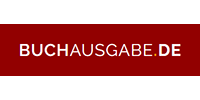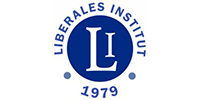Stop Dragging Hayek into Bitcoin
by Paul Butler
When monetary theory comes up in reference to Bitcoin, the work of Friedrich von Hayek is often invoked. I have read a number of claims that the Nobel laureate’s 1976 book, Denationalisation of Money,1 lays the theoretical foundation for the cryptocurrencies we see today.
In this post, I will argue that the similarities between Hayek’s hypothetical currencies and Bitcoin are merely superficial, and that the technology behind cryptocurrencies is not a substitute for intentional design decisions in Hayek’s proposal.
The Ducat
Hayek’s central point in Denationalisation of Money is that there is no innate reason for governments to have a monopoly on money. He makes the case that private banks should be able to issue their own currencies, creating a competitive market for the issuance and control of these currencies. The argument goes that demand will be greatest for currencies which are capable of keeping a stable value, and so banks will strive to manage the monetary supply more responsibly than governments do.
Hayek makes his argument through the construction of a hypothetical currency which he calls the ducat. The ducat is nominally backed by government currency.2 More importantly, it is also backed by the issuer’s promise (with reputational, but not legal, consequences) to keep its purchasing power approximately stable relative to a commodity index.
This price stability is to be accomplished through the standard means of monetary control: when the price of the ducat exceeds the desired purchasing power, more ducats are printed and sold until the price drops to the promised purchasing power. Likewise, when the price of ducats drops below the desired purchasing power, the bank buys back notes until it is restored. As there is market pressure to do this well, the currencies picked by the market will be the ones that are functionally commodity-backed, even if none of them are in name.
Note that when the issuing bank sells their ducats, to make good on their promise to maintain a stable value, they can’t just pocket the money and forget about it. Instead, they must invest the money responsibly so that they can buy back ducats when the need arises.3 This is essential since a diligent consumer, choosing between currencies, will consider the solvency of the banks who issued them.
Continue reading ->
“Stop Dragging Hayek into Bitcoin” by by Paul Butler
Note: This post discusses the relationship between Hayek’s work and cryptocurrencies, and is not financial advice. Opinions are the author’s own. Paul Butler does not hold a position in Bitcoin or other cryptocurrencies.
































